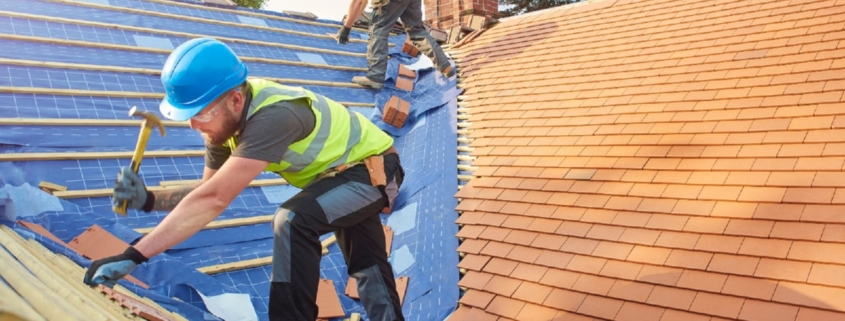The Increasing Importance of Women in Construction 5149
A revolutionary transformation is on the horizon for the construction industry. Technology are playing a pivotal role in shaping the future of construction. These advancements are not only enhancing efficiency and productivity but are also paving the way for green building construction.
In the realm of innovative techniques, additive manufacturing is gaining prominence. This technology allows architects and engineers to transform digital models into physical objects by layering material. Additive manufactured structures are not only quicker and cheaper to produce, but they also minimize waste, making it a green construction technique. Furthermore, the flexibility of design afforded by 3D printing means that architects can create more creative and effective building forms.
Another transformative technology is Building Information Modelling (BIM). BIM is a digital tool that allows construction professionals to create and manage information about a construction project throughout its lifecycle. From the initial design phase to the final completion, BIM provides a comprehensive view of the project, facilitating better decision-making and avoiding costly mistakes.
Green building construction is another top trend shaping the future of the industry. Sustainability is no longer just a buzzword; it is a necessity. Strategies for sustainable construction include the use of reused materials, the integration of renewable energy systems, and the implementation of energy-efficient designs. For example, the use of solar panels and geothermal heating systems reduces the dependence on non-renewable energy sources, while the use of recycled materials reduces waste and the environmental impact of construction.
Technological advancements are also playing a significant role in revolutionizing the construction industry. From drones for site inspection to virtual reality (VR) for immersive design review, these tools are enhancing efficiency, safety, and collaboration in construction processes. Take for instance, drones can provide real-time site data, helping to prevent accidents and delays, while VR and AR can allow stakeholders to visualize and interact with the design before construction begins, reducing the risk of costly errors and rework.
In conclusion, the future of construction lies in the adoption and integration of innovative techniques and technologies. By embracing this revolution, construction companies can improve their productivity, enhance their sustainability, and stay ahead of the competition in this rapidly evolving industry. The future is indeed bright for the construction industry, and it is exciting to see how these innovations will shape it.
For more details, check best Chimney Services Dublin or visit their Chimney Repairs Service business listing here.



